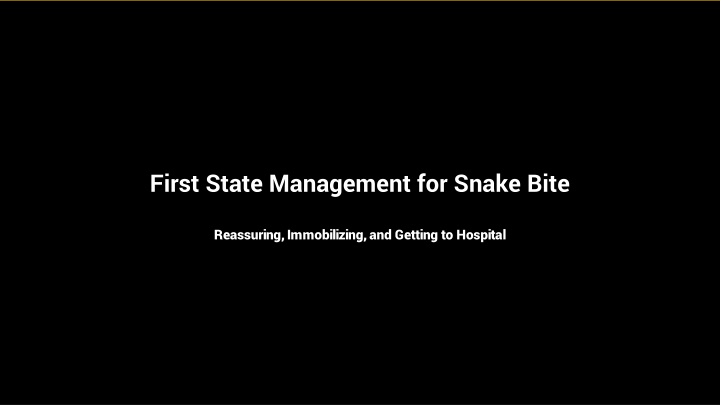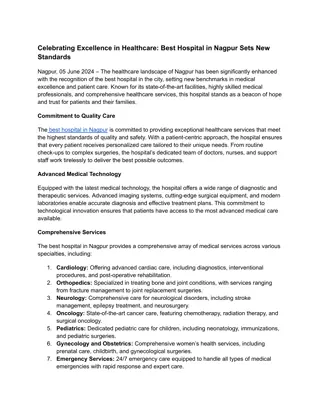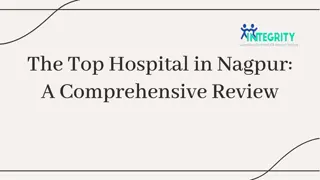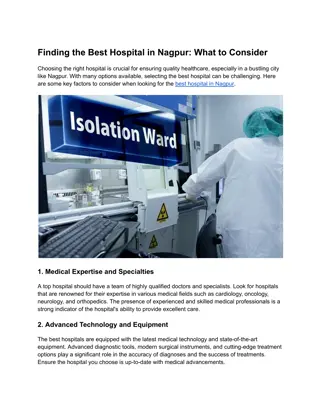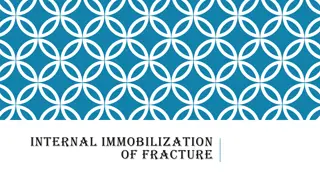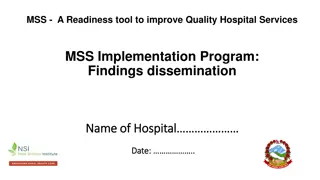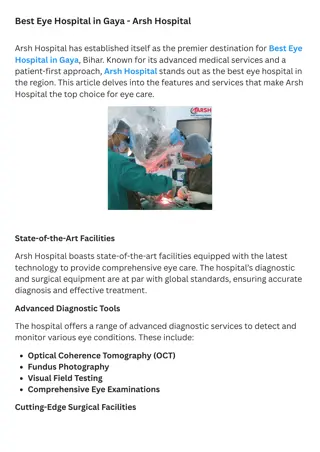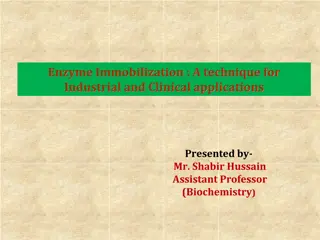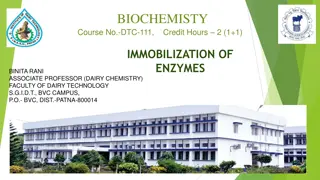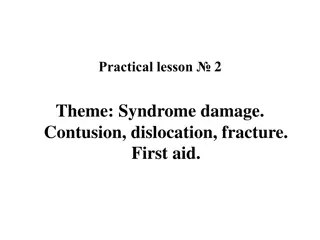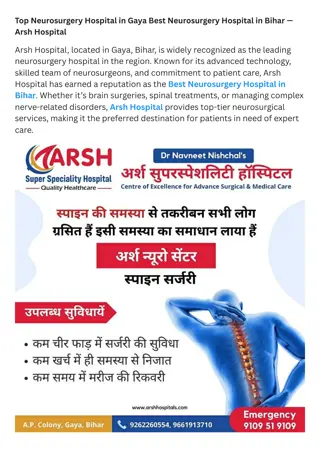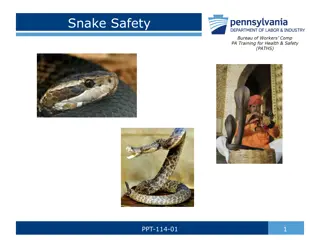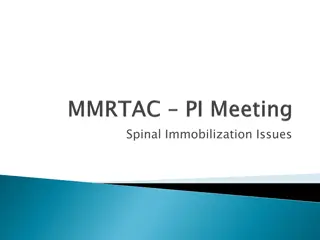Snake Bite Management Guidelines: Reassurance, Immobilization, Hospital Care
Snake bite management involves reassuring the victim, immobilizing the affected limb, and promptly transporting the individual to a hospital with snakebite treatment facilities. Local and systemic examinations are essential to assess the severity of envenomation, followed by necessary investigations such as clotting time tests. Timely action is crucial for ensuring patient safety and effective treatment.
Download Presentation

Please find below an Image/Link to download the presentation.
The content on the website is provided AS IS for your information and personal use only. It may not be sold, licensed, or shared on other websites without obtaining consent from the author.If you encounter any issues during the download, it is possible that the publisher has removed the file from their server.
You are allowed to download the files provided on this website for personal or commercial use, subject to the condition that they are used lawfully. All files are the property of their respective owners.
The content on the website is provided AS IS for your information and personal use only. It may not be sold, licensed, or shared on other websites without obtaining consent from the author.
E N D
Presentation Transcript
First State Management for Snake Bite Reassuring, Immobilizing, and Getting to Hospital
Introduction Snake bite management requires prompt action First state management is crucial for patient safety Two scenarios: site and hospital Follow mnemonic 'Do it Right' Photo by Pexels Photo by Pexels
Reassuring the Victim Priority is to reassure the victim Ensure them that everything will be fine Stress that they will be taken to a hospital with snakebite facilities Provide reassurance and comfort Photo by Pexels Photo by Pexels
Immobilizing the Bitterness Immobilize the bitten limb to prevent further venom spread Apply a splint or wooden board if available Use a crepe bandage or clothing to secure the limb Bandage should be tight enough to occlude initial lymphatics Photo by Pexels Photo by Pexels
Getting to the Hospital Transport the victim immediately to a hospital with snakebite treatment facilities Ensure availability of antivenom at the hospital Inform the doctor about the signs and symptoms observed Prompt transfer is vital for timely treatment Photo by Pexels Photo by Pexels
Local Examination Look for fang marks or scratch marks as signs of snake bite Check for blister formation and swelling at the bite site Inspect for localized lymphadenopathy near the bite area Measure circumference of the limb for monitoring swelling Photo by Pexels Photo by Pexels
Systemic Examination Neurotoxic envenomation: look for diplopia and ptosis Hemotoxic envenomation: check for conjunctival hemorrhage and bleeding Monitor respiratory parameters and single breath count Assess for signs of impending respiratory failure Photo by Pexels Photo by Pexels
Investigations Perform 20 minutes whole blood clotting time test Consider point-of-care PT/INR testing if available Additional investigations: complete blood count, urine routine, renal function Assess for coagulation abnormalities and kidney injury Photo by Pexels Photo by Pexels
Indications for Antivenom Systemic indications: respiratory symptoms, bleeding, rapidly increasing swelling Positive 20 minutes whole blood clotting time or abnormal PT/INR Local indications: rapidly increasing swelling, lymphadenopathy Start antivenom with 6-10 vials at 1-2 ml per minute Photo by Pexels Photo by Pexels
Management in the Hospital Ensure airway, breathing, and circulation Monitor vital signs and respiratory parameters Repeat single breath count every 15-20 minutes Administer anti-allergic medication if needed Photo by Pexels Photo by Pexels
Additional Management Administer tetanus prophylaxis to all snake bite patients Prescribe antibiotics for coverage against gram- positive bacteria Observe patients for a minimum of 24 hours Address complications like compartment syndrome and renal failure Photo by Pexels Photo by Pexels
Conclusion First state management is vital for snake bite patients Reassure and immobilize the victim, get to hospital Conduct thorough local and systemic examinations Initiate antivenom and monitor closely in hospital Photo by Pexels Photo by Pexels
